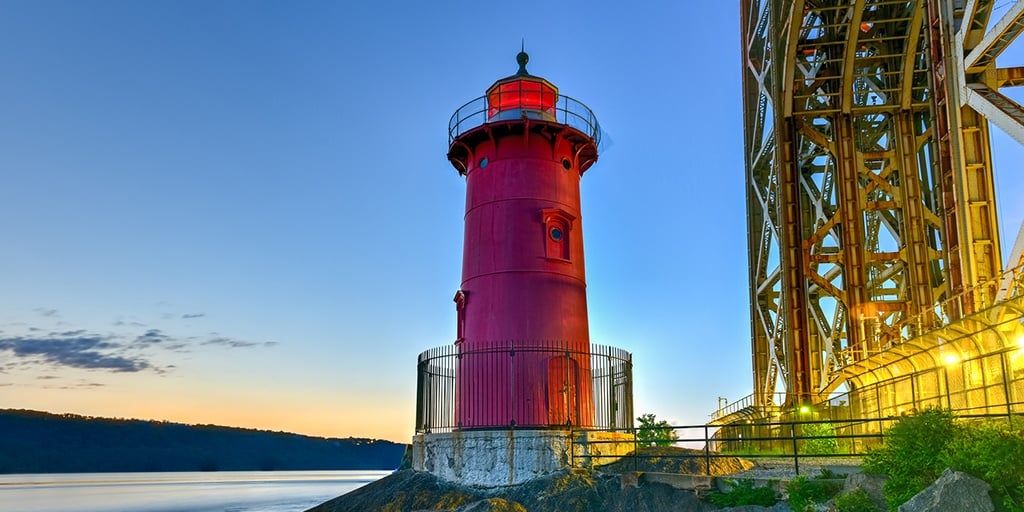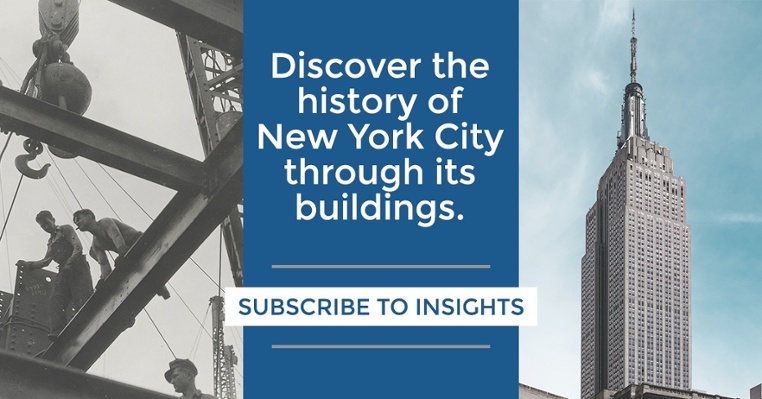One of the best parts about being an architect is that you get to create a piece of history that directs the course of future lives.
During the skyscraper race, architects inspired New Yorkers to reach for the sky, and “starchitects” of the 20th and 21st centuries dotted the world’s skylines and landscapes with surprising feats of engineering and artistry. These jaw-dropping structures draw crowds and make headlines – and their beauty and rebellion inspires other artists to push the boundaries of their own artforms.
However, you don’t have to be a Frank Gehry, a Frank Lloyd Wright, or a James Renwick to encourage greatness. Hardworking architects can also inspire world-changing artistry by creating a well-built house or hotel, or even a lighthouse. The architects responsible for these buildings didn’t know they were changing the world; in their mind’s they were simply putting in a day’s work.
In honor of all architecture and all architects, here’s a list of three structures that certainly weren’t groundbreaking in their design, but that nonetheless influenced literary genius.
Dorothy Parker’s Birthplace
732 Ocean Avenue, Long Branch, NJ
Dorothy Parker, an Oscar-nominated screenwriter and playwright, was the first female drama critic on Broadway and was also known as a prolific novelist, short story writer, and poet. Though a lifetime New Yorker, Parker was actually born in Long Branch, NJ.
Long Branch, NJ, known as “America’s First Seashore Resort,” was the summer home of Parker’s parents, where Parker was born in 1893. Starting in 2005, Long Branch began celebrating Dorothy Parker Day with a dog parade, witty speeches, live jazz, a commemorative Round Table, and a martini bar that included the $11 Vicious Circle Martini: vodka, gin, rum, tequila, and Chambord. (Ugh.)
Though Dorothy Parker’s birthplace is now only commemorated by a plaque (with the building long gone), the charming cottages in the town of Long Branch have also influenced the likes of Norman Mailer and three-time U.S. Poet Laureate Robert Pinsky. New Jersey also holds the Walt Whitman house in Camden.
The Algonquin Hotel
59 W 44th St., New York City
Here in the City, the Algonquin Hotel was the daily luncheon gathering place for Dorothy Parker’s renowned group of witty writers, called the Algonquin Round Table. Also known as the “Vicious Circle,” this group of writers, critics, and actors also included Robert Benchley, George S. Kaufman, Alexander Woollcott, Edna Ferber, and Robert E. Sherwood.
However, the Algonquin’s literary influence didn’t end there. Over the years, numerous other world-class authors, including Sinclair Lewis, William Faulkner, James Thurber, Gertrude Stein, and others, have enjoyed the ambiance of the hotel. If you’re looking for inspiration, you can stop by the Algonquin for a bite to eat or stay in one of their author-themed suites.
The Little Red Lighthouse
170 8th St. and the Hudson River
In the 1800s, increased shipping traffic along the Hudson, combined with tricky navigation at what is now Fort Washington Park, caused a number of shipwrecks. To counteract the wrecks, the city placed a red pole at the bend in the river with bright lanterns… but the shipwrecks continued.
In response, the city moved a brightly lit, though defunct lighthouse from New Jersey to Fort Washington Park, which inspired a beloved children’s book, The Little Red Lighthouse and the Great Gray Bridge, by Hildegarde Swift and Lynd Ward. Unfortunately, the later opening of the George Washington Bridge left the charming lighthouse unnecessary because the lights on the bridge were brighter than the lighthouse’s.
Though the city planned to auction the defunct lighthouse, public outcry (and massive fundraising) from booklovers stopped the sale and you can now see the lighthouse any day by travelling to Fort Washington Park on your day off.
Looking for Inspiration?
Just as architecture has inspired literary greats of years past, renowned authors can also provide inspiration for modern building and design professionals. If you’re looking to break out of a rut or solve a tricky design problem, it may help to wander among literature’s stars – and the place to do that is Central Park.
We recommend taking a day out of the office, so you can check out the Poet’s Walk, which is part of The Mall. This beautiful path meanders past statues of world-famous writers, including Robert Burns and William Shakespeare, and of course, Central Park also holds the massive Alice in Wonderland statue that features Alice, the Mad Hatter, the dormouse, and the March Hare.
Looking for more literary landmarks in Central Park? Check out the Central Park Zoo Carousel, which was prominently featured at the end of Catcher in the Rye, by J.D. Salinger. (Coincidentally, Catcher in the Rye also showcased many other beloved NYC landmarks, such as the Rockefeller Skating Rink, the Biltmore Hotel, and the Museum of Natural History.)
Be inspired by the writing in the Insights blog by Milrose, which publishes fascinating reads, important news, and critical updates relevant to building and design professionals.








